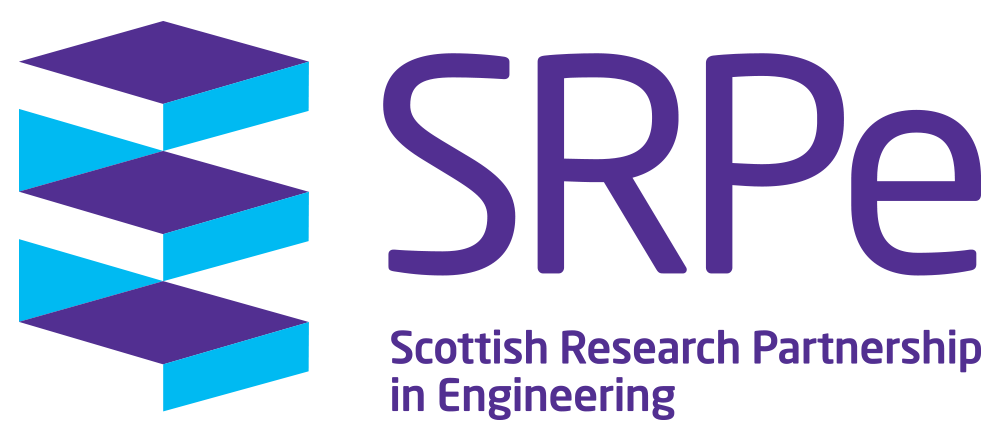Assembling Control Architecture for Integrated Quantum Circuits
Academic Institution: University of Glasgow
Academic Supervisor: Professor Martin Weides
Industry Partner: SeeQC UK Ltd
PhD Student: João Barbosa
Summary
Quantum technologies use the unique and extraordinary properties of quantum physics, such as entanglement, tunnelling and superposition of states, in various applications including quantum computing and sensing. Some of these technologies are based on a unique type of material called a superconductor which, among other properties, has effectively zero resistance to electrical current. However, to reach this superconducting state, many metals must be cooled down to temperatures very close to absolute zero (or -273.15 C). This requires the use of complex cryostats which have a limited area to place our quantum device and all the equipment necessary to manipulate the latter.
My project is related to the problem of scalability in superconducting quantum technologies, where the goal is to implement architectures where it is possible to cool down many of these devices and control all of them, without overloading the cryostat and the associated lab setup with expensive and bulky components. To this end, I have been working with superconducting digital electronics circuits to condense most of the components into a single chip that sits inside the cryostat, close to the quantum device, with much less wiring and lab instruments necessary to manipulate it.
This project addresses one of the main challenges of future quantum technology (namely, quantum computers and sensors) which is scalability. By increasing the number of quantum bits (qubits) or sensor pixels on a specific chip, their manipulation becomes increasingly more difficult when it comes to scaling high frequency room temperature electronics (IQ mixers, AWGs, LO,…) and the entire circuitry needed to interact with them. Our approach is to use an alternative way to manipulate the qubits, using digital Single Flux Quantum (SFQ) based electronics to replace most of the room temperature electronics with an SFQ chip which will sit near the qubits at milliKelvin temperatures. The goal is to build a scalable and compact architecture to integrate both SFQ and qubit chip while leaving the qubit unaffected and demonstrating the effectiveness of such design for future multi qubit chips.
Key Results/Outcomes
Design and simulations of a RSFQ based electronic circuit that generates programmable multi-tone digital signals to be used for frequency multiplexing control of quantum devices such as qubits or SNSPDs. Currently working on designing the physical layout of the circuit to be fabricated by SeeQC, Inc in Elmsford, New York.
Design of a simpler device using superconducting Josephson junctions to test qubit control using multiple sample mounts. Currently, in the process of fabrication in James Watt Nanofabrication Centre, and optimizing the recipes to provide better results.
Setup of cryostat (dilution refrigerator) to be used for measurements of both qubit chips and SFQ-based chips. Qubit setup has been tested successfully and SFQ setup has been tested with good results. Currently, the SFQ setup is being optimized to measure these very sensitive devices and a new 3K fridge for faster SFQ chip quality testing is being assembled and tested.
Publications
Danilin, S., Barbosa, J., Farage, M. et al. Engineering the microwave to infrared noise photon flux for superconducting quantum systems. EPJ Quantum Technol. 9, 1 (2022). https://doi.org/10.1140/epjqt/s40507-022-00121-6
Conferences
Poster presentation at 2022 Summer School on Superconducting Electronics https://superconductingelectronics.org/superconductingsummerschool/
Oral presentation at upcoming 16th European Conference on Applied Superconductivity, Bologna, Italy, September 2023
Contact Information
João Barbosa
PhD student, Glasgow University
j.barbosa.1@research.gla.ac.uk
Professor Martin Weides
Professor of Quantum Technologies (Electronic & Nanoscale Engineering), Glasgow University martin.weides@glasgow.ac.uk
